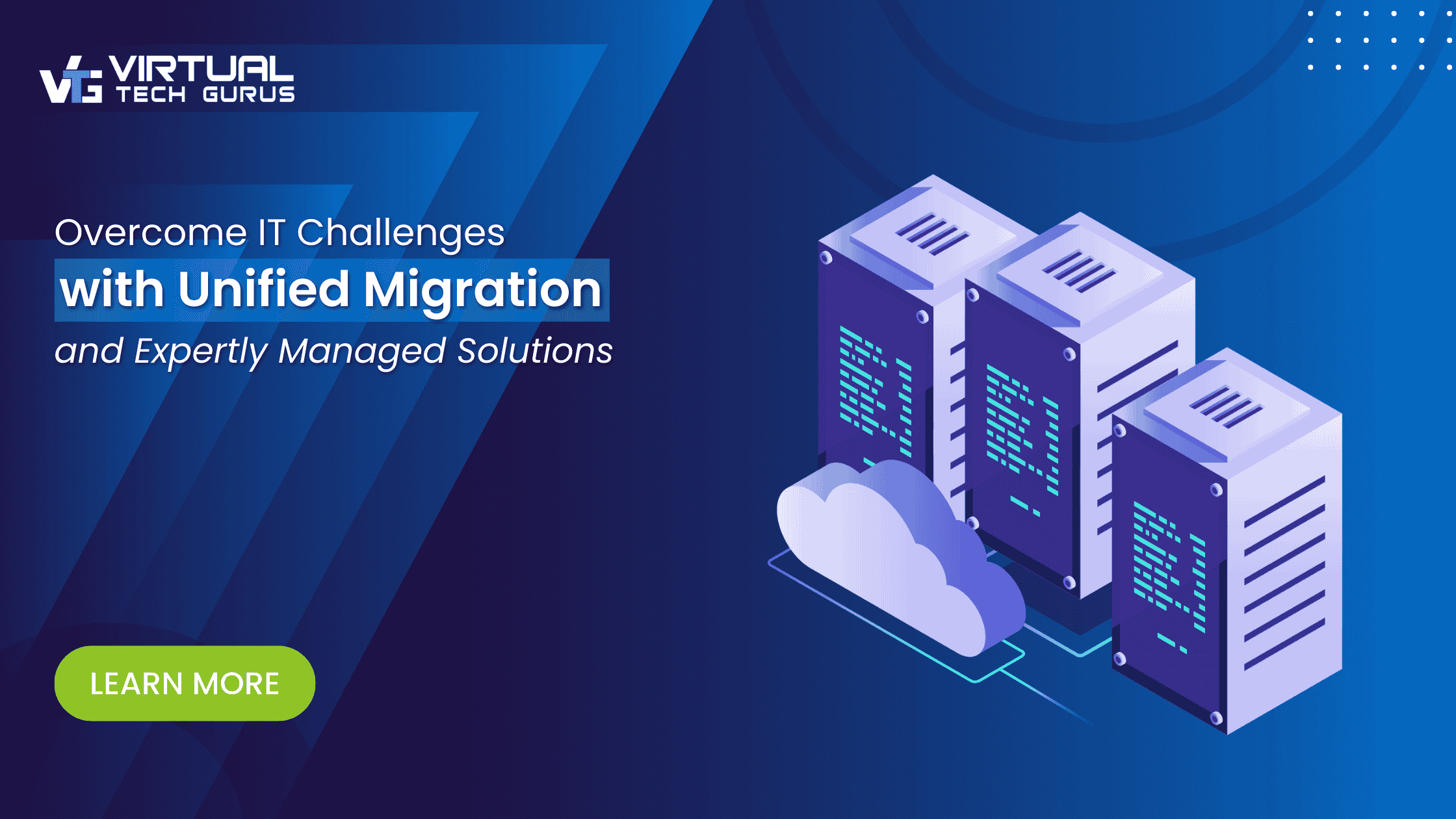Digital transformation continues to be a hot topic in the boardroom and the IT department. Transformation promises a better experience for customers and staff, greater agility to meet changing business conditions and stronger competitive advantage.
That has led to a forecast global spend of more than $2 billion on digital transformation initiatives. However, many organizations feel they face challenges that are holding up progress.
The barriers include differences in strategic priorities between business and IT leaders, problems in measuring project impact and ROI, skills gaps and challenges with infrastructure and networks.
Different Priorities
Commentators highlight the importance of closer collaboration between business and IT executives to ensure a successful digital transformation. However, in many organizations, the two sides hold different perspectives and priorities about the direction of transformation initiatives.
For business leaders, agility and customer experience rank high in their expectations. But, IT may be more concerned with improving productivity, efficiency and reliability. Both parties may focus on standalone projects without the overall framework of a long-term transformation roadmap.
To overcome this barrier, a single strategy and clear roadmap are essential, with project teams incorporating representatives of both business and IT.
Lack of Measurable Goals
Closely related to the first challenge is the problem of setting measurable goals. A transformation project should have a clearly identified outcome and, where possible, a strong return on investment.
This is essential when major initiatives require significant capital investment. A recent study found that 70 percent of executives were required to provide ROI data for transformation initiatives compared with 34 percent two years earlier.
While it may be possible to identify changes in costs or revenue resulting from digital initiatives, measuring the impact of factors such as enhanced customer experience or improved service delivery requires softer, less tangible metrics. Those metrics must also be used consistently by both business and IT.
Skills Gaps
Digital transformation initiatives are time-consuming projects that require a wide range of cloud, migration, infrastructure, networking, security and project management skills. And project demands also divert attention from the IT team’s day-to-day operational responsibilities.
Finding all the skills in-house and balancing resources is challenging for IT leaders, particularly where the organization operates a mixed environment of cloud, on-premise and legacy infrastructure and applications.
To overcome gaps, many organizations work with specialist partners who take responsibility for migration projects or managing IT resources on a day-to-day basis. This frees the internal team for priority tasks and helps accelerate transformation.
Infrastructure and Network Issues
Cloud is the environment of choice for organizations planning or implementing a digital transformation. However, cloud may not be suitable for applications or services where security or compliance is an issue. Also, some organizations may be reluctant to migrate mission-critical applications, such as ERP, HR or finance.
To maintain an effective hybrid environment, it’s essential that the on-premise infrastructure offers the levels of performance, scalability and agility of its cloud equivalent. Infrastructure assessment and upgrading are therefore an important part of the transformation project.
The network can also prove to be a weak point in the transformation project. Using the public Internet as the transportation mechanism opens the risk of security breaches and inconsistent performance and reliability. Traditional WANs are expensive to upgrade to cloud standards. SD-WAN is proving to be a fast, reliable and secure alternative with the essential levels of control and adaptability to maintain service to users.
Overcome the Barriers
If digital transformation is a strategic priority for your organization, it’s important to recognize and deal with these barriers to progress. VTG can help you with advice and professional services to help accelerate your transformation.
Find out more
If you would like to find out more about our migration, cloud and infrastructure services, please check out the articles and infographics on our website.





